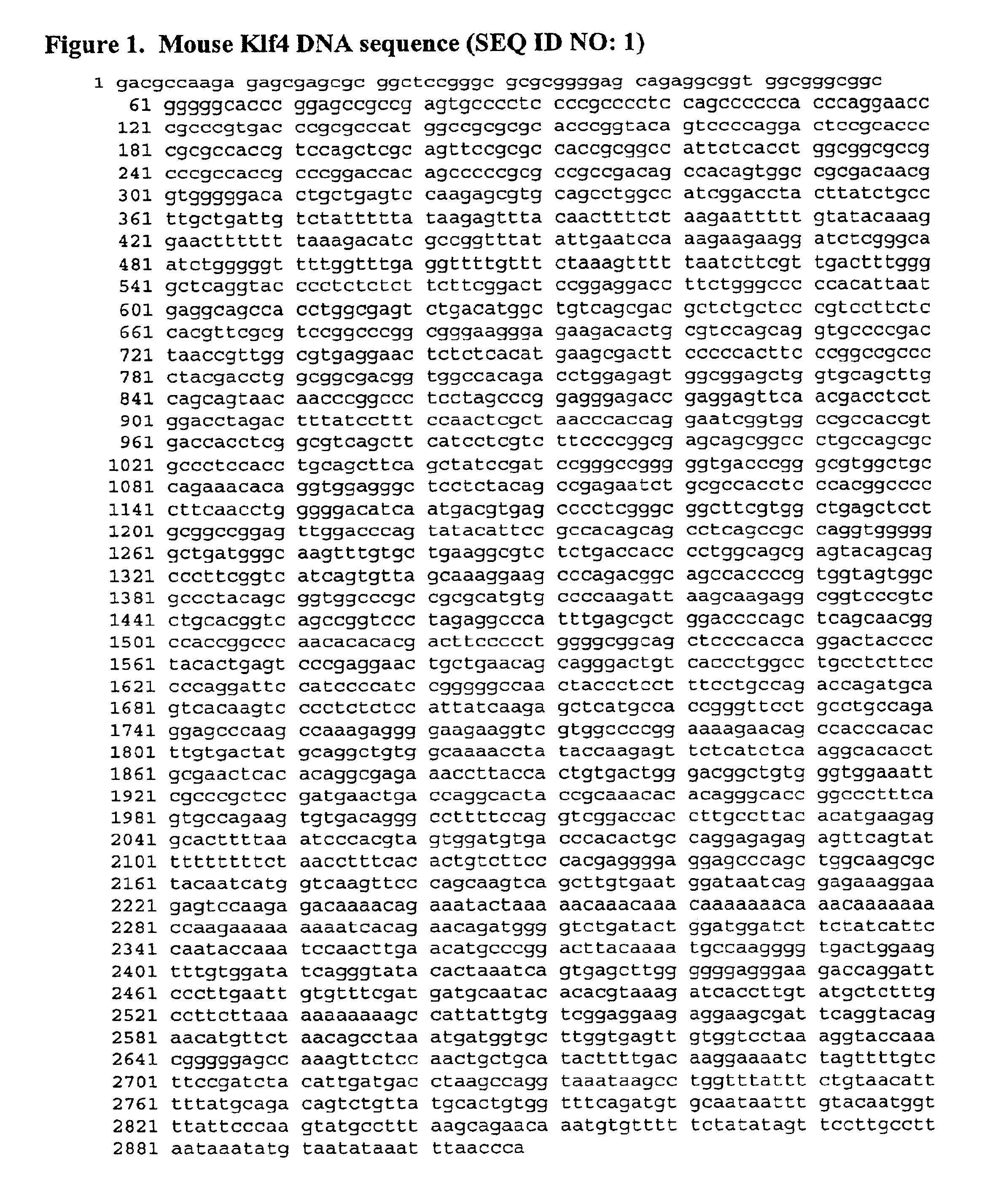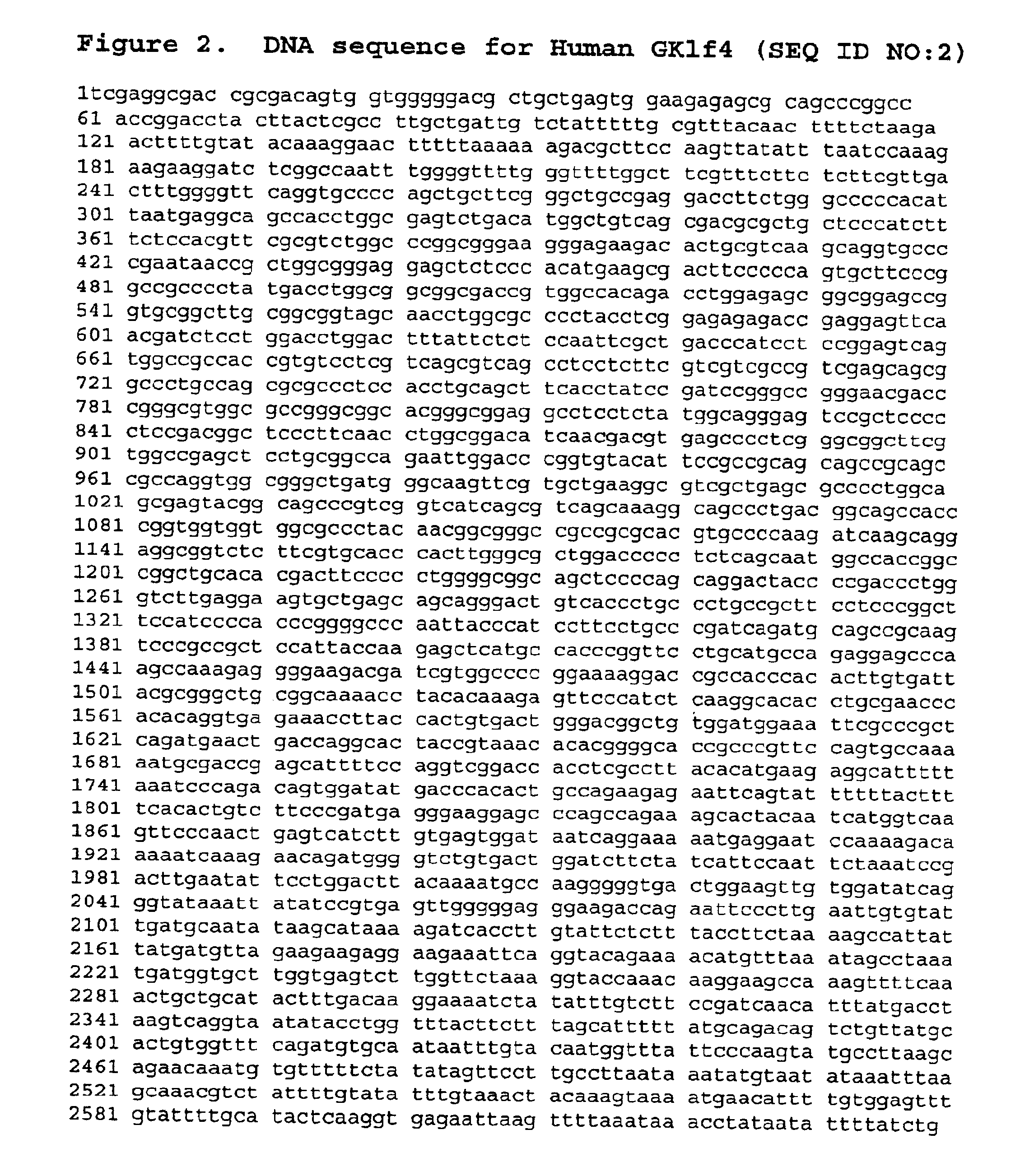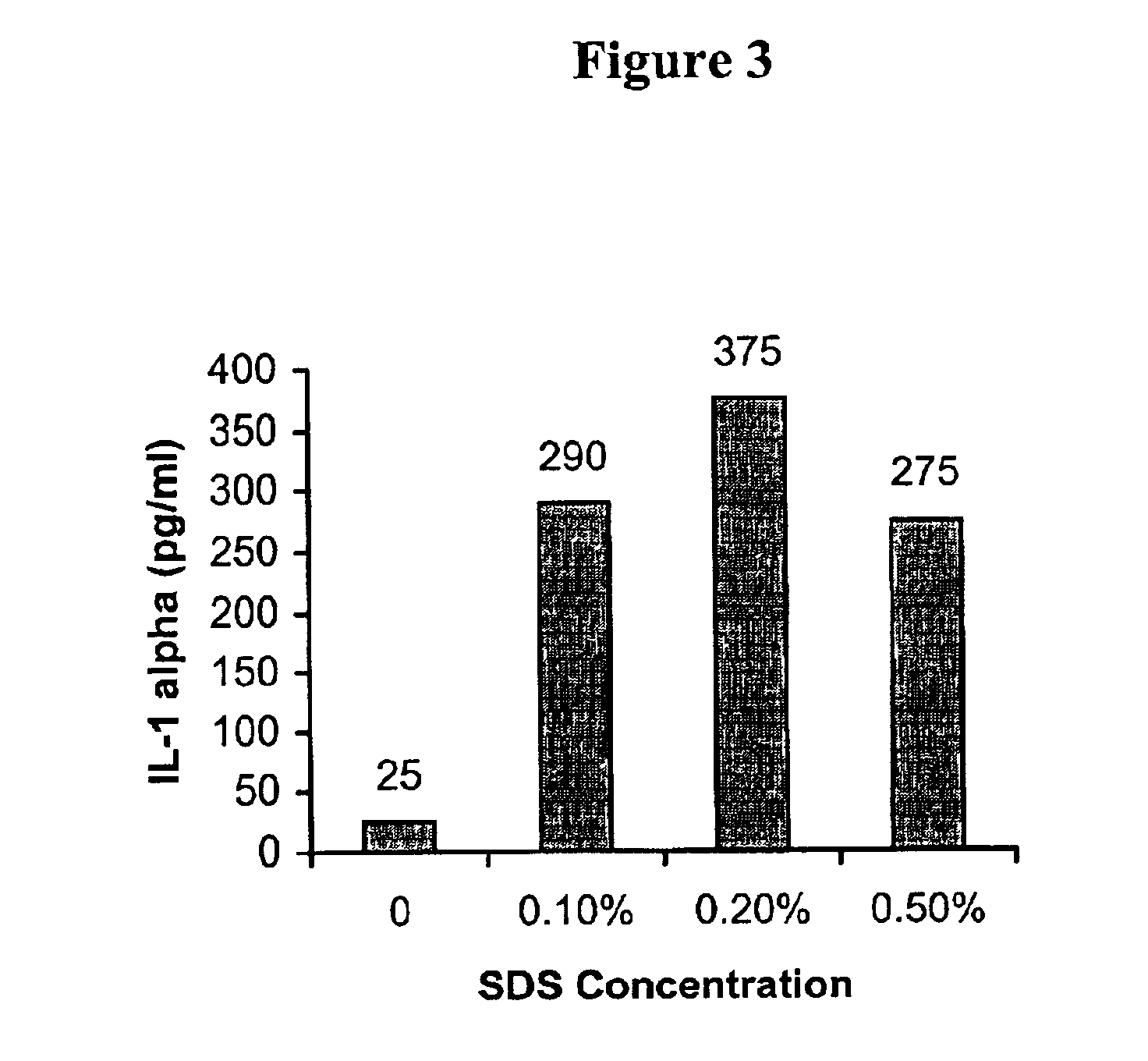Skin substitutes and uses thereof
a skin substitute and culture technology, applied in the field of in vitro cultured skin substitutes, can solve the problems of over $1 billion annually in the u.s. healthcare system, poor barrier function of existing skin equivalent cultures, and over 6 months of standard care for wound healing, etc., to improve barrier function, improve barrier function, and improve barrier function
- Summary
- Abstract
- Description
- Claims
- Application Information
AI Technical Summary
Benefits of technology
Problems solved by technology
Method used
Image
Examples
example 1
Effect of Culture Conditions on Epidermal Barrier Function of NIKS Cells
[0169]While a number of culture conditions have been shown to enhance various aspects of barrier function (see Table 1, supra), there has been no systematic attempt to examine synergistic effects of these conditions. This example provides an assessment of the combined effects of ascorbic acid, PPAR activators (linoleic acid), FXAR activators (farnesol), and reduced relative humidity on epidermal barrier function of NIKS organotypic cultures. Barrier properties of treated cultures are evaluated by measuring surface electrical capacitance (SEC) (Boyce et al., J. Invest. Dermatol., 107(1): p. 82-7 (1996)), analysis of extracellular lipid composition, and by ultrastructural examination of tissue sections by electron microscopy.
[0170]The culture conditions to be evaluated are presented in Table 2. Culture supplements are added individually or in combination to the cornification medium at the indicated concentrations....
example 2
Expression of Exogenous Klf4 in NIKS Cells
[0176]This Example describes the expression of exogenous Klf4 in NIKS cells. The transcription factor Krüppel-like factor 4 (Klf4) is a zinc-finger protein expressed at high levels in epithelium undergoing terminal differentiation, especially skin and intestinal epithelium. In skin, it is enriched in the mitotically inactive suprabasal layer of the epidermis. Klf4 was identified by low-stringency hybridization with a probe for a zinc-finger domain in a NIH 3T3 cell cDNA library (Shields et al., J. Biol. Chem, 271(33): 20009-17 (1996)). Its three C2H2 zinc fingers relate it to a family of zinc finger transcription factors that includes EKLF and LKLF, factors that are important for tissue-specific differentiation. It is expressed at highest levels in growth-arrested cells and at undetectable levels in proliferating cells. Constitutive expression of Klf4 COS-1 cells inhibits DNA synthesis. It binds to a defined DNA sequence that is important in...
example 3
Secretion of IL-1α in Response to Skin Irritants
[0186]This example demonstrates that NIKS cells secrete IL-1α in response to skin irritants. To determine whether organotypic cultures of NIKS cells exhibit irritant responses typical of primary keratinocytes, NIKS skin equivalent cultures were exposed to concentrations of SDS that are known to elicit skin irritant responses in vivo and in vitro. Solutions of SDS (0.1%, 0.2%, and 0.5%) were topically applied to air-exposed NIKS organotypic cultures and incubated for 24 hr at 37° C. After 24 hr, the media underneath the cultures was assayed for IL-1α protein using a Quantikine IL-1α ELISA kit (R&D Systems, Minneapolis, Minn.) and cultures were incubated with MTS reagent (Promega Corp., Madison, Wis.) to determine cell viability. The concentrations of IL-1α in media from control and SDS-treated cultures are shown in FIG. 3. Media from untreated cultures contained 25 pg / ml IL-1α, whereas the concentration of IL-1α in cultures treated with...
PUM
| Property | Measurement | Unit |
|---|---|---|
| surface electrical capacitance | aaaaa | aaaaa |
| surface electrical capacitance | aaaaa | aaaaa |
| humidity | aaaaa | aaaaa |
Abstract
Description
Claims
Application Information
 Login to View More
Login to View More - R&D
- Intellectual Property
- Life Sciences
- Materials
- Tech Scout
- Unparalleled Data Quality
- Higher Quality Content
- 60% Fewer Hallucinations
Browse by: Latest US Patents, China's latest patents, Technical Efficacy Thesaurus, Application Domain, Technology Topic, Popular Technical Reports.
© 2025 PatSnap. All rights reserved.Legal|Privacy policy|Modern Slavery Act Transparency Statement|Sitemap|About US| Contact US: help@patsnap.com



